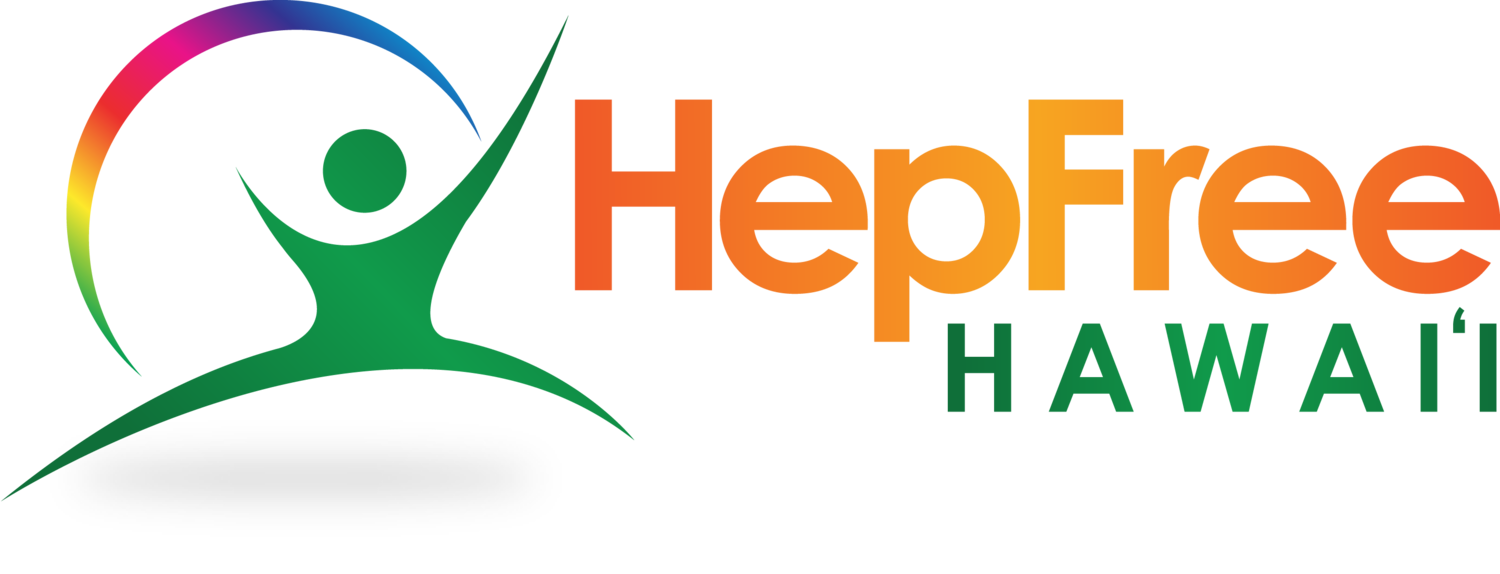“In recent decades, countless new synthetic drugs have entered the underground drug supply, and overdose deaths and other drug-related harms have skyrocketed as a result. Media, policymakers, and the general public are concerned — but often misguided — in their attempts to address the issue because they lack accurate information about drugs and drug supply changes.
This four-part series will explore the most commonly used new and emerging synthetic drugs in the United States, the geographic trends in where and when these drugs have spread, and the demographic trends in who is impacted by these drugs. Panelists will examine the risks and harms faced by people who use drugs and discuss the role of harm reduction and medical providers in reducing overdose and health risks. We know that current drug policies fuel and will continue to incentivize new, and likely, more dangerous drugs. As drug policy reformers, people who use drugs, and people who care about people who use drugs, we will envision solutions that are just as innovative and nimble as these new markets.
Panel 4: Scaling Up Drug Checking, Envisioning Safe Supply, and Exploring New Horizons
Building on what we have learned during the earlier sessions, this panel will focus on solutions. We know that the U.S.’s prohibitionist policies will continue to incentivize new, and likely, more dangerous drugs. As drug policy reformers, people who use drugs, and people who care about people who use drugs, we need to be just as innovative and nimble as these new markets.
What are the most promising harm reduction interventions that can provide timely information and strategies to stay safe for the people who most need it? How can we scale up community drug checking given current technological, financial, political, and logistical barriers to these technologies? How might we use drug checking to shift the drug supply from the ground up? What do models of safe supply have to offer? How can we think outside of the box and usher in a new era of drug policy reform that addresses these new drugs and new markets? We will envision how to harness our knowledge and resources to reduce the harms of the unpredictable drug supply and protect ourselves, the people we love, and the people most harmed by drug prohibition.”
